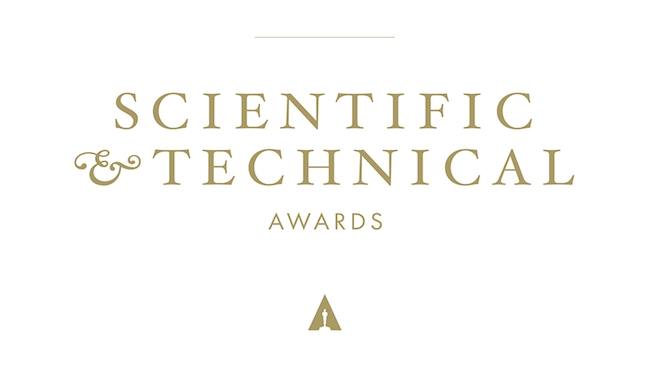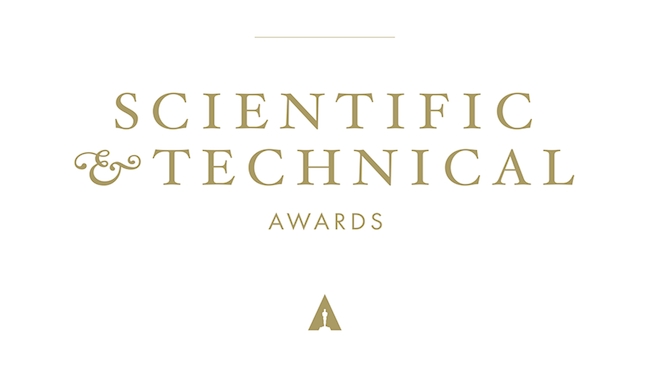
 A symbol of the new anti-intellectualism?
A symbol of the new anti-intellectualism?
Opinion: Amidst all the hoopla and chest-beating surrounding the wrong name being read out at the Oscars ceremony, amidst all the expected political point-scoring and bun-fighting, was the shameful ridiculing of the Academy’s Scientific and Technical Awards presented earlier in the month.
When we look back upon the 2017 Oscar telecast, many of us will focus on the envelope snafu and not bestow ample homage upon Moonlight for its thematic and cinematic achievements. Shameful that a major financial and administrative consulting firm would fail the simple task of reading the outside of an envelope.
Many of us as well watched the Oscars as much for the predicted political comment as for dresses, gowns and, dare I even say it, the winners. And politics did indeed abound - rather too much at times, poignantly at others. Jimmy Kimmel’s prediction of “Donald Trump’s tweeting during his 5 AM bowel movement” set a new low in live TV regardless of one’s political perspective.
Yet numerous references by winners to their immigrant realities and backgrounds sharpened the debate and hopefully provided some ample food for thought in the world society. But most pointed of all was the prepared statement read on behalf of Iranian director Asghar Farhadi for best foreign film, The Salesman. He said it all in a simple statement: “Dividing the world into categories of ‘us’ and ‘our enemies’ creates fear.” His statement resonated to both American as well as Iranian ears with implicit critique of both governments.
That was a proud moment—a moment which celebrates the role of the cinematographer as both portrayer and critic of society, as entertainer and provocateur and as one unafraid to speak his mind. Would that the remainder of the Oscars had been as meaningful.
Yet there was a moment that I find even more shameful than envelope-gate or 7th grade boy humor.
John Cho and Leslie Mann were charged with recapping the Academy’s Scientific and Technical Awards presented February 11. Let me say that I found it perhaps the most anti-scientific, anti-intellectual, ridiculing and demeaning awards presentation that I have ever seen.
Both presenters evoked chuckles from the crowd when they said that this presentation was so special “that none of you were invited.” They continued with a scripted dialog essentially saying that we don’t understand any of this; you don’t understand any of this; I guess all of this stuff helps us make movies. The producers reinforced the triviality of the scientific and technical awards by broadcasting only the projected obligatory recap clip, not going full screen as for other pre-recorded clips.
From a societal point of view, many of us are decrying a new rampant anti-intellectualism and even scientific skepticism. It is reminiscent of the Eisenhower-Stevenson presidential campaign in 1950’s American where the intellectual Stevenson was dubbed “egghead” by his opposition.
So while to the national audience, the scientific and technical award winners were a topic of derision and subject material for abusive humor, let’s take a moment here to recognize those awards and the impact that these technologies and products have had upon our craft.
2017 Technical Achievement Awards
- Thompson Grass Valley for the Viper FilmStream digital camera system
- Larry Gritz for the design, implementation and dissemination of OSL – Open Shading Language
- Carl Ludwig, Eugene Troubetzkoy and Maurics van Swaaij for CGI Studio’s ray tracing technology
- Brian Whited for the Meander drawing system used at Disney Animation Studios
- Mark Rappaport, Scott Oshita, Jeff Cruts and Todd Minobe for character articulation and drive train mechanisms of Creature Effects Animatronic Horse Puppet
- Glenn Sanders and Howard Stark for the Zaxcom wireless mic system
- David Thomas, Lawrence E. Fisher and David Bundy for designing the Lectrosonics hybrid wireless system
Parag Havaldar for expression-based facial capture technology at Sony Pictures - Nicholas Apostoloff and Geoff Wedig for animation rig capture
- Kiran Bhat, Michael Koperwas, Brian Cantwell and Paige Warner for the ILM facial capture system
Scientific and Engineering Awards
- ARRI for the Alexa camera
- RED Digital Cinema for the evolution of the RED camera systems
- Sony for the F65 CineAlta camera
- Panavision and Sony for the Genesis camera
- Marcos Fajardo, Christopher Kulla, Alan King, Thiago Ize and Clifford Stein for ray tracing algorithms as developed at Sony Pictures and Solid Angle SL
- Vladimir Koylazov for the design and implementation of V-Ray
- Luca Fascione, J.P. Lewis and Ian Matthews for the FACETS system at Weta Digital
- Steven Rosenbluth, Joshua Barratt, Robert Nolty and Archie Te for the Concept Overdrive motion control system
Tags: Business


Comments